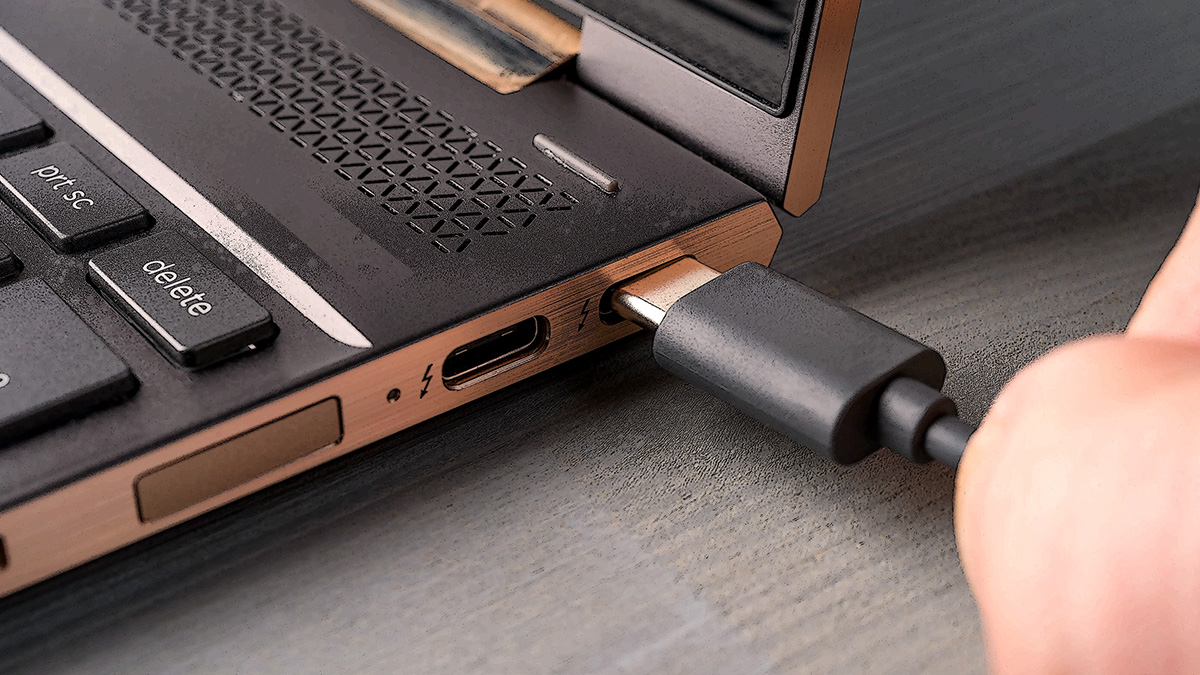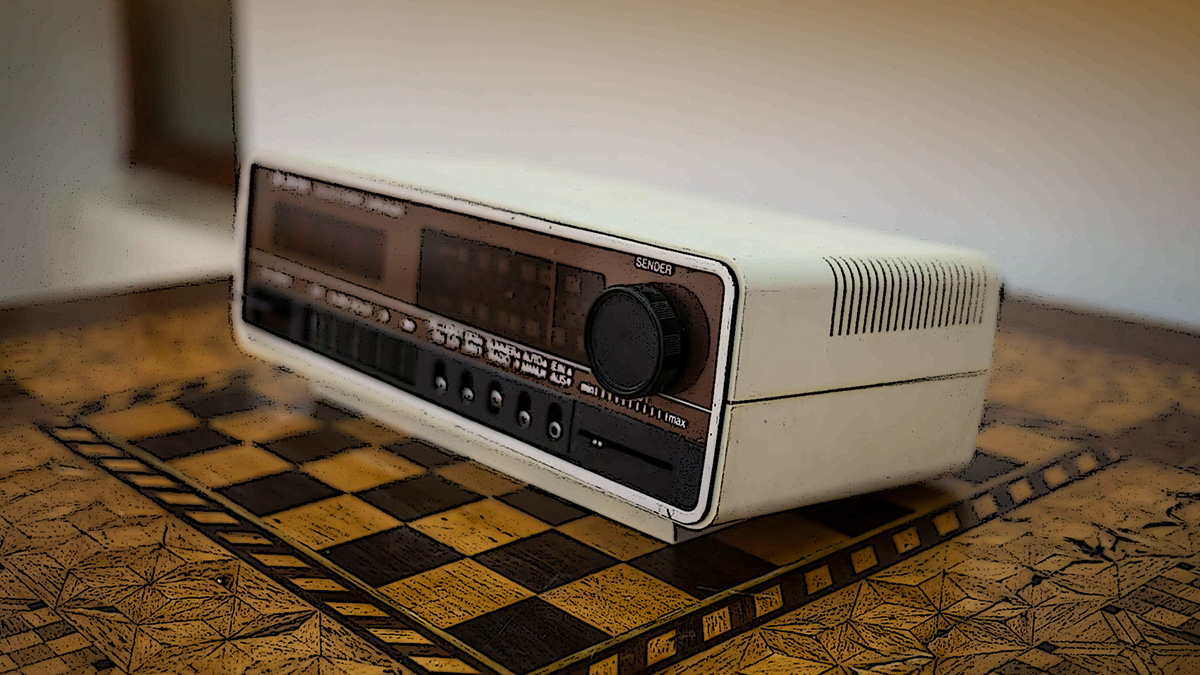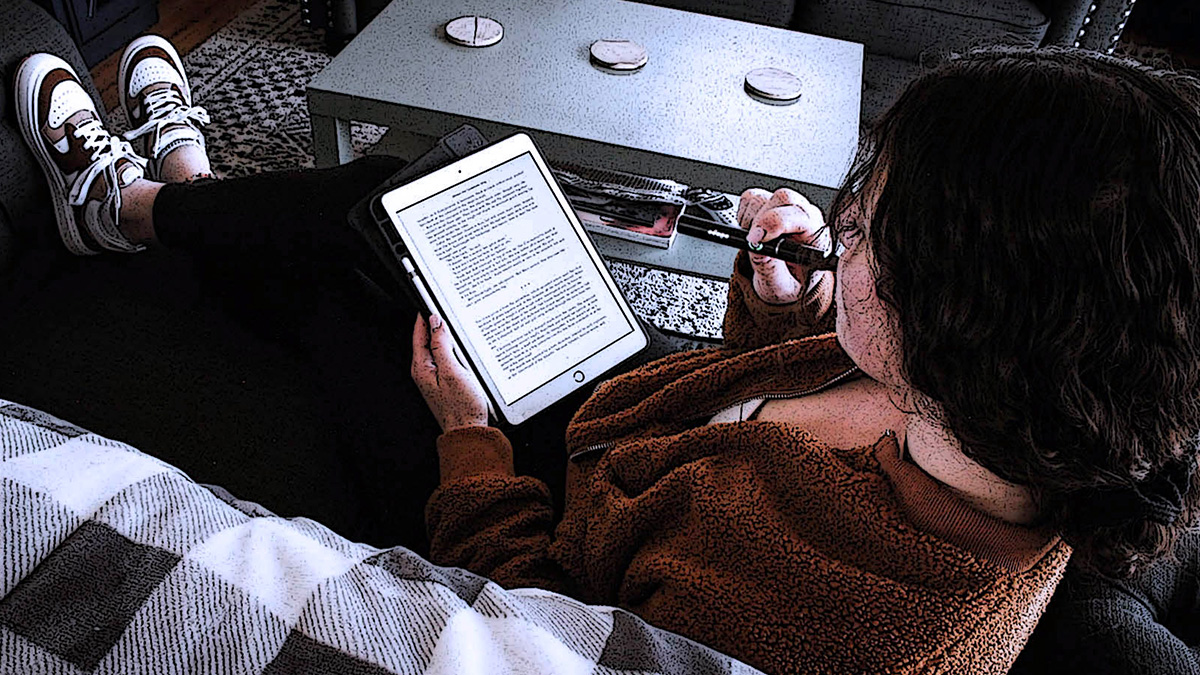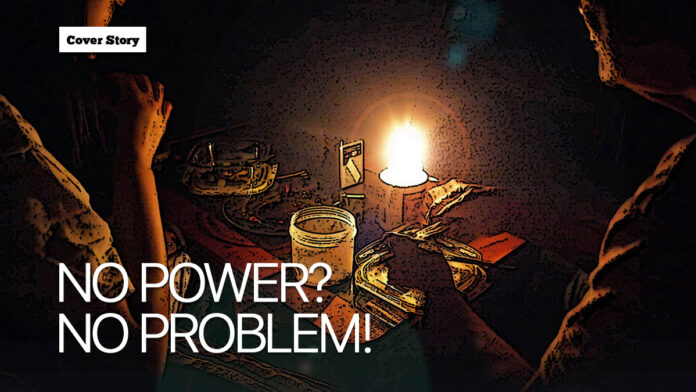A Pre-Storm Checklist for Staying Charged & Connected
Let’s keep it real: in the Philippines, power outages are part of the package—sometimes even without a storm looming on the horizon. But when the dark clouds do roll in, so should your tech prep game.
Whether you’re weathering a full-blown typhoon or simply an unplanned brownout, this guide will keep you plugged in, connected, and composed—rain or shine. We’ll take you through smart, simple steps and awesome tech gadgets that have evolved over the years. Spoiler alert: today’s power options are far more awesome than your lola’s emergency candle collection.
What’s Different: From Generators to Solar Devices
Those days are long gone when our sole backup was a clunky generator or carton of D-sized batteries. Nowadays, tech-savvy Filipinos have more environmentally friendly, compact, and powerful choices. Say hello to:
Solar chargers with solid-state batteries – These weigh less, are tougher, and have quicker charging times than your old-fashioned solar panels. Better yet, they’re safer (no leakage or overheating) and can charge anything from phones to laptops.
Power banks with some serious power – We’re not referring to those adorable ones with cat ears. New power banks nowadays come equipped with fast charging capabilities, multiple ports, and even AC outlets, allowing you to plug in small appliances or WiFi routers.
Crank radios and flashlights – Imagine an old-fashioned radio with a twist. Not only do these get you news, but they charge your phone and illuminate your room as well—just crank and off you go.
Pre-Storm Tech Checklist: Stay Connected Like a Pro
These are the things you can do ahead of time, in case power might not be available—so you can remain informed, entertained, and connected during adverse weather or brownouts.
1. Charge Everything (Before the Power Goes Out!)

Why?
After the power is out, you won’t be able to recharge your devices.
What to do:
Charge and fully power your critical electronics, such as:
- Phones – for calls, text messages, and updates
- Laptops/tablets – for work or leisure
- Power banks – so you can charge on the go afterwards
- Portable fans/LED lamps – to keep cool and be able to see in the dark
Pro tip: Enable Low Power Mode on all devices and disable any unused apps. This extends your battery’s lifespan that much longer.
2. Use Solar Power Like a Boss
Why?
The sun is still working—even if the grid isn’t! Solar chargers turn sunlight into energy that you can use with your devices.
What to do:
Leave your solar charger out early to charge up with a full “tank” of power. It can still gather plenty of energy even on cloudy days.
What’s new and hot:
New solar chargers tend to employ solid-state batteries, which are lighter, quicker-charging, and more secure compared to previous models.
3. Crank It Up

Why?
When the sun sets and the batteries run out, crank-powered devices are your closest companions.
What to do
Purchase a crank radio—a tiny gadget that powers up by cranking a handle. No batteries or charging needed. Most models also include:
- A flashlight
- An FM/AM radio for weather announcements
- A USB port to charge your cell phone by cranking
It’s low-tech, but very dependable.
4. Download Offline Essentials

Why?
If a mobile signal weakens or the internet connection disappears, you’ll rely on the information saved on your phone.
What to do:
Download the following while you still have WiFi:
- Offline maps (Google Maps allows you to save an area)
- PDFs or e-books on emergency procedures or contact numbers
- Offline messaging apps (such as Bridgefy) that operate using Bluetooth
- Music or podcasts to relax or entertain yourself
5. Conserve Data, Save Battery
Why?
The power and data of your phone might be restricted during a blackout.
What to do:
- Disable auto-updates and background apps that consume power and data
- Use “Lite” versions of apps (e.g., Facebook Lite) that use less memory and battery
- Use Airplane Mode when not expecting calls/texts—it saves a lot of power
Being prepared is not about panicking. With some tech prep (and a pinch of creativity), you can ride out any storm like a pro. Next time the lights flicker or your barangay siren starts wailing, keep this in mind: you’re in charge—even when the grid isn’t.
Words by Phia Manuell Layoso
Also published in GADGETS MAGAZINE Volume 25 No. 11 Issue
